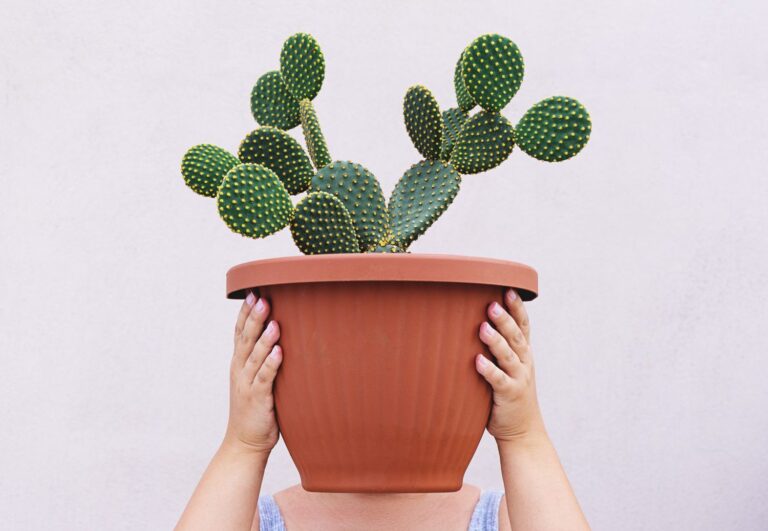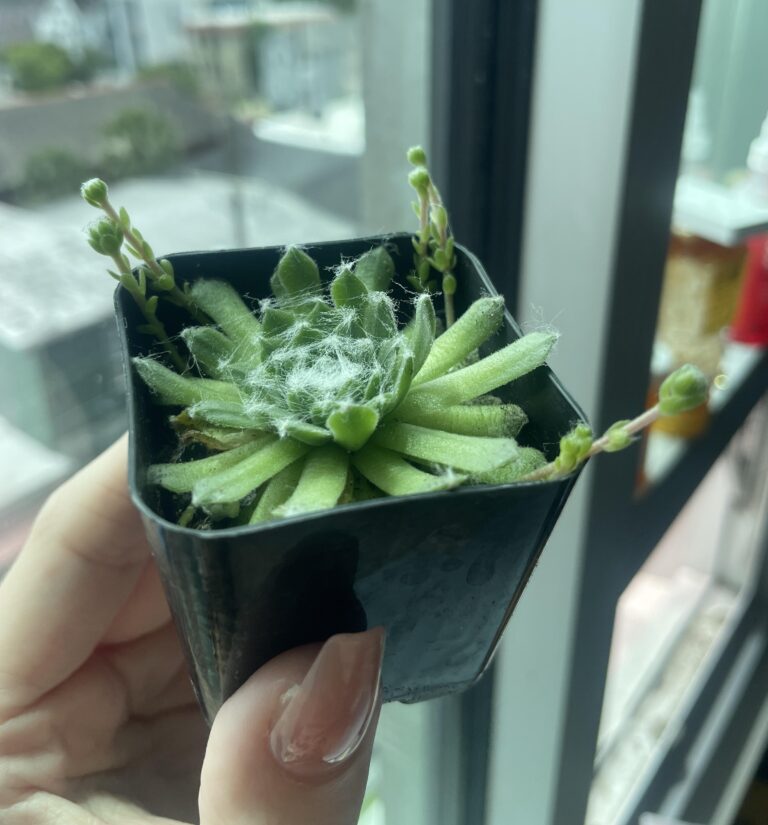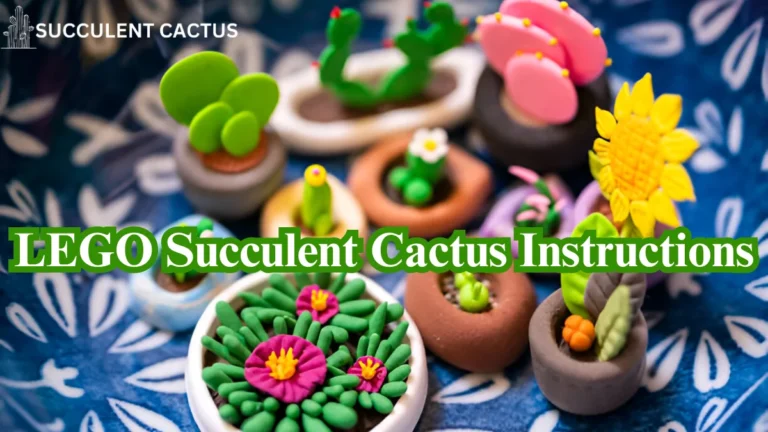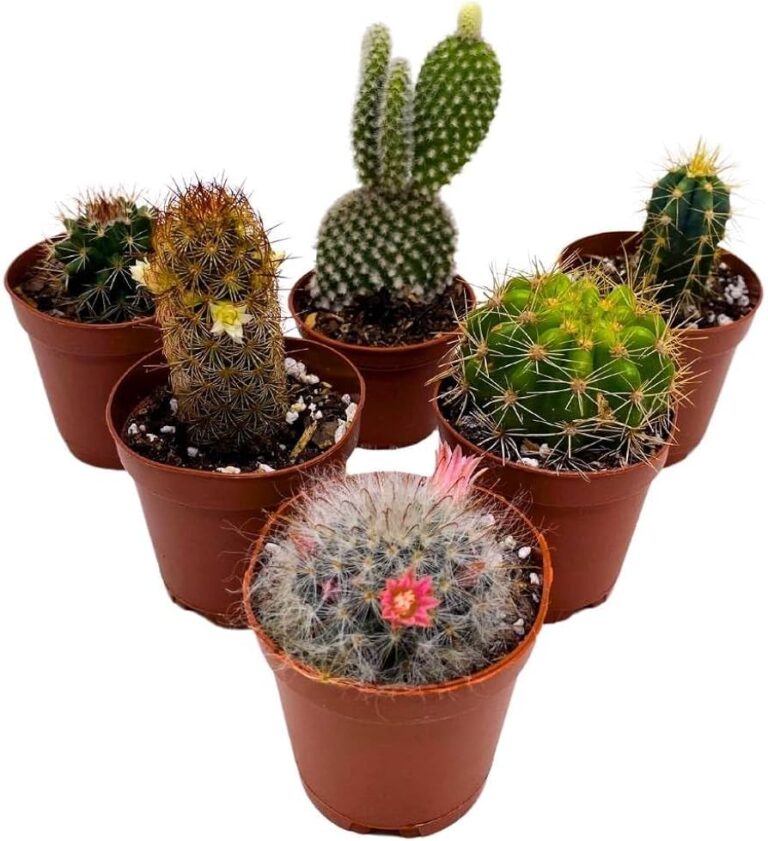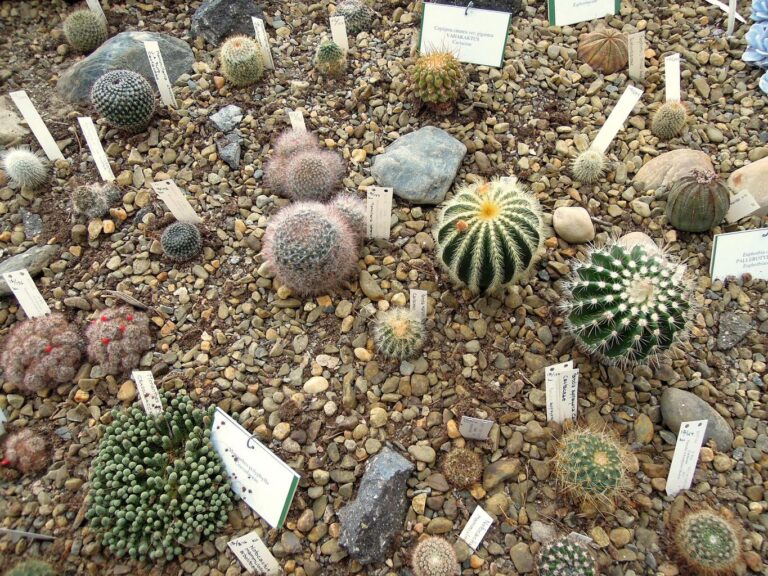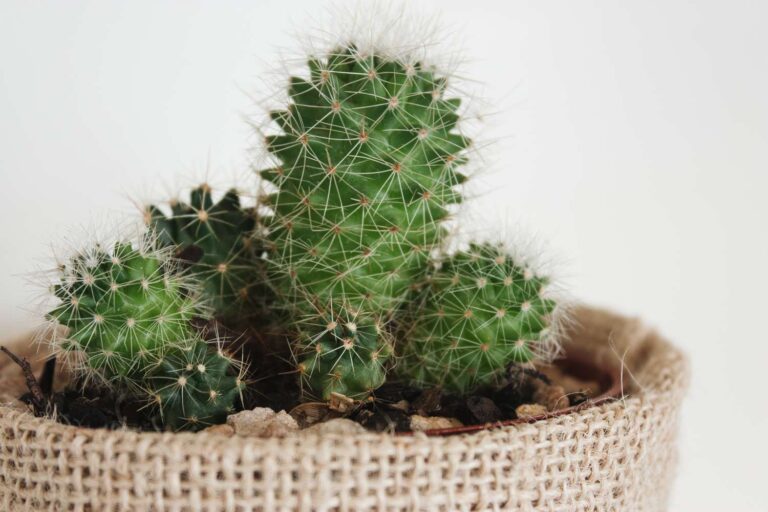Plants Succulents: The Best Types for Your Garden and Home
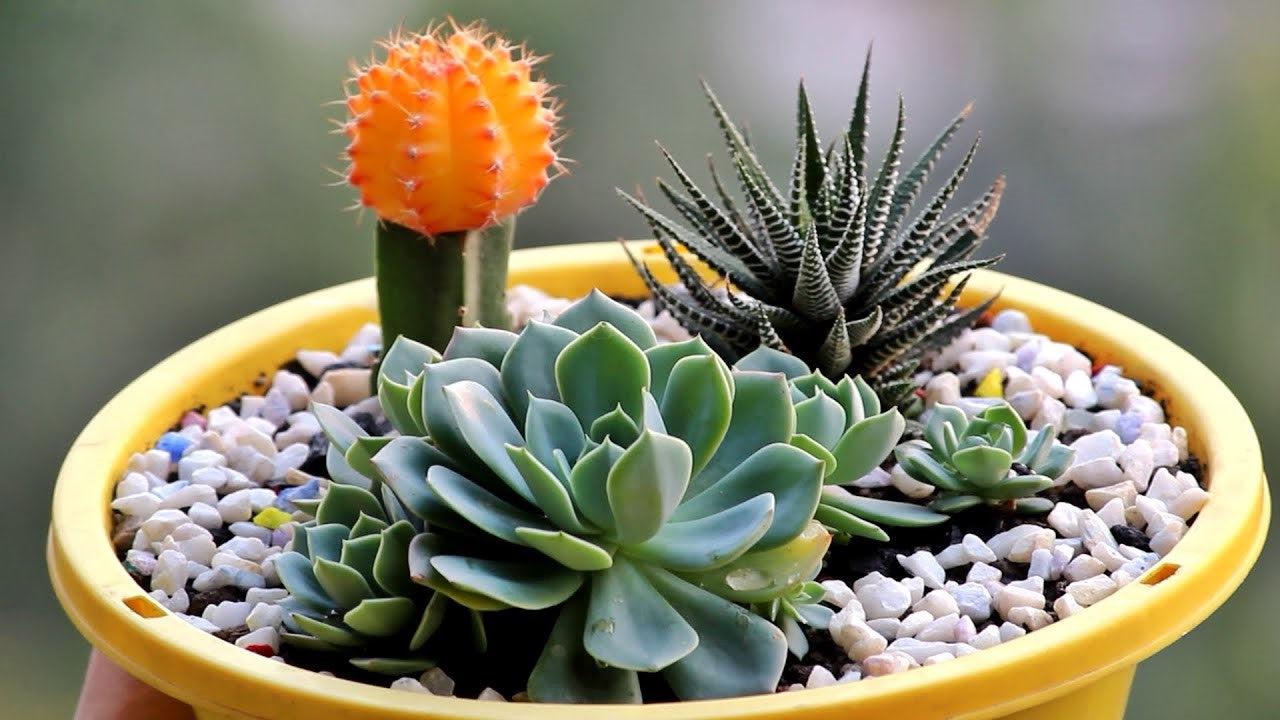
Succulents are some of the most popular plants due to their hardiness, stunning variety, and low-maintenance nature. Whether you’re an experienced gardener or a beginner, plants succulents can bring beauty and life to any space, from your indoor windowsills to outdoor gardens. These fascinating plants come in various shapes, sizes, and colors, offering something unique for every home and garden.
In this article, we will explore the best types of plants succulents that you can grow in your garden and home. You’ll also find expert advice on selecting, planting, and caring for these plants to ensure they thrive for years to come.
Why Choose Plants Succulents for Your Garden and Home?
Succulents are not only beautiful and diverse, but they also offer a range of benefits for any garden or home. Here’s why plants succulents are an excellent choice for your space:
- Low Maintenance: Succulents are known for their drought tolerance and minimal water needs, making them perfect for those who are short on time or who don’t have a green thumb.
- Versatility: From small indoor plants to large outdoor specimens, succulents can be used in a variety of settings, including pots, hanging baskets, terrariums, and garden beds.
- Aesthetic Appeal: With their unique shapes, textures, and vibrant colors, succulents can complement any decor, making them perfect for both modern and rustic styles.
- Air Purification: Like most plants, succulents help purify the air by absorbing carbon dioxide and releasing oxygen, contributing to a healthier living environment.
Best Types of Plants Succulents for Your Garden
If you’re considering adding plants succulents to your garden, it’s important to know which types are best suited for your climate and soil conditions. Here are some of the top types of succulents to grow in your garden:
1. Agave
Agave plants are striking, large succulents that thrive in hot, dry conditions. Known for their spiky leaves and rosette-shaped form, agave plants add drama and interest to any garden. Common varieties include the Blue Agave and the Century Plant, which can grow quite large and are perfect for desert-style landscaping.
2. Aloe Vera
Aloe Vera is a popular succulent with medicinal properties, especially for its soothing gel used in skincare. This plant has thick, fleshy leaves and can grow both indoors and outdoors, making it ideal for any space. Aloe Vera thrives in full sun and well-drained soil, and it’s also one of the easiest plants succulents to care for.
3. Echeveria
Echeveria is a compact, rosette-shaped succulent known for its beautiful, colorful leaves. Available in shades of pink, purple, blue, and green, Echeveria adds a pop of color to gardens and is perfect for container planting. This succulent loves bright, indirect sunlight and well-drained soil.
4. Sedum (Stonecrop)
Sedum, also known as stonecrop, is an incredibly versatile succulent that comes in many varieties. From ground covers to tall, upright species, sedums are perfect for adding texture and interest to any garden. They are particularly drought-tolerant and can thrive in a range of soil types.
5. Crassula (Jade Plant)
Crassula, often referred to as the Jade Plant, is one of the most popular plants succulents for indoor spaces. Its thick, glossy leaves and small, white flowers make it a striking addition to any room. Crassulas are easy to care for and thrive in bright light, making them perfect for windowsills and tabletops.
Best Types of Plants Succulents for Your Home
Succulents aren’t just for outdoor gardens—they can also thrive indoors, adding a fresh, natural element to your home. Here are some of the best plants succulents for indoor spaces:
1. Haworthia
Haworthia is a small, low-maintenance succulent that is perfect for indoor spaces. Known for its rosette-shaped growth and striped or translucent leaves, Haworthia thrives in low to moderate light and well-drained soil. It’s a great option for beginners looking for an easy-to-care-for indoor succulent.
2. String of Pearls (Senecio rowleyanus)
The String of Pearls is a trailing succulent that produces long vines adorned with bead-like leaves resembling pearls. It’s perfect for hanging baskets, shelves, or as a unique centerpiece in any room. This succulent thrives in bright, indirect light and requires infrequent watering.
3. ZZ Plant (Zamioculcas zamiifolia)
Although not technically a succulent, the ZZ Plant shares many characteristics with succulents, such as its ability to tolerate low light and infrequent watering. Its glossy, dark green leaves make it an attractive addition to any indoor space. ZZ plants are ideal for beginner gardeners and low-light environments.
4. Cactus (Various Species)
Cacti are a type of succulent, and there are many varieties that can be grown indoors. From small, colorful species to larger, more dramatic plants, cacti can add a unique flair to your home decor. Cacti prefer bright light and minimal watering, making them a low-maintenance option for indoor gardening.
5. Aloe Vera (Indoor Version)
While Aloe Vera is often grown outdoors, it can also thrive indoors with proper care. Place it in a sunny spot, and it will grow happily in a pot on your windowsill or a countertop. Aloe Vera’s soothing gel is also great for skincare, making it a practical plant for your home.
How to Care for Plants Succulents: Essential Tips
Successfully growing plants succulents requires an understanding of their care needs. Although they are generally low-maintenance, they do have specific requirements. Here are some essential tips for caring for your succulents:
1. Light Requirements
Succulents love sunlight, and most of them need at least 6 hours of direct sunlight per day. Place your plants succulents near a south- or west-facing window if growing indoors. If growing outdoors, choose a location with full sun.
2. Watering
Overwatering is one of the most common mistakes people make when caring for succulents. Water your plants succulents only when the soil is completely dry. During the growing season (spring and summer), water once every 1-2 weeks, and during the dormant season (fall and winter), reduce watering to once a month.
3. Soil Conditions
Succulents require well-draining soil to thrive. Use a specialized cactus or succulent mix, or create your own by adding sand or perlite to regular potting soil. This ensures that excess water drains away from the roots, preventing root rot.
4. Temperature
Most succulents prefer warm temperatures between 60°F and 85°F (15°C to 29°C). They can tolerate brief periods of cooler weather but should be protected from frost, especially during the winter months.
5. Fertilization
Succulents don’t need a lot of fertilizer, but feeding them occasionally can help promote growth. Use a diluted, balanced fertilizer during the growing season (spring and summer), and avoid fertilizing during the dormant period.
Common Problems with Plants Succulents
While succulents are relatively easy to care for, they can still face some challenges. Here are some common issues to watch out for:
1. Overwatering
Overwatering is the leading cause of succulent problems. To avoid this, ensure your plant is in well-draining soil, and always allow the soil to dry out completely before watering again.
2. Sunburn
Too much direct sunlight can cause sunburn in succulents. If your succulent is showing signs of sunburn (brown or white patches), move it to a location with less intense sunlight.
3. Pests
Succulents can occasionally attract pests like aphids, mealybugs, or spider mites. Keep an eye on your plants and treat them with insecticidal soap if you notice any signs of infestation.
Conclusion
Plants succulents are an excellent choice for any garden or home. With their unique appearance, low-maintenance care, and air-purifying benefits, they can enhance any space. Whether you’re adding cacti to your outdoor garden or growing aloe vera on your windowsill, succulents are sure to thrive with the right care.
By understanding the best types of plants succulents and following proper care guidelines, you can enjoy beautiful, healthy succulents for years to come.

